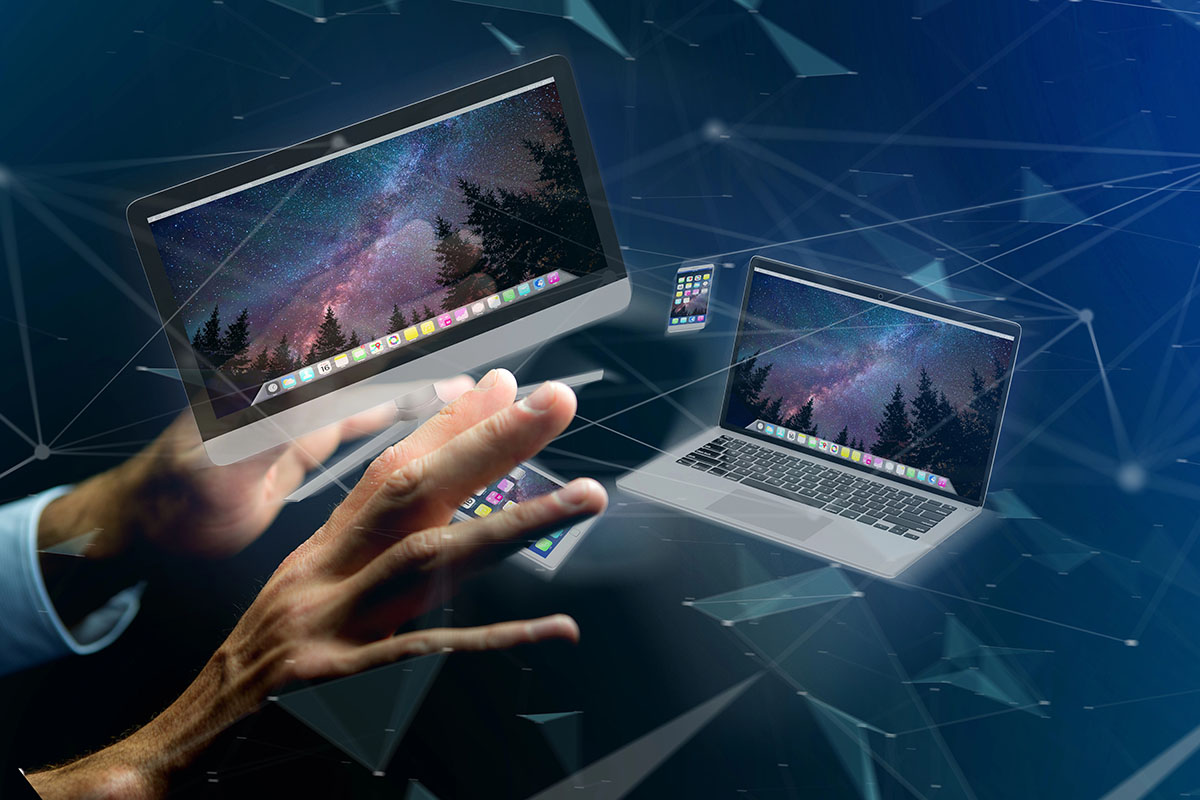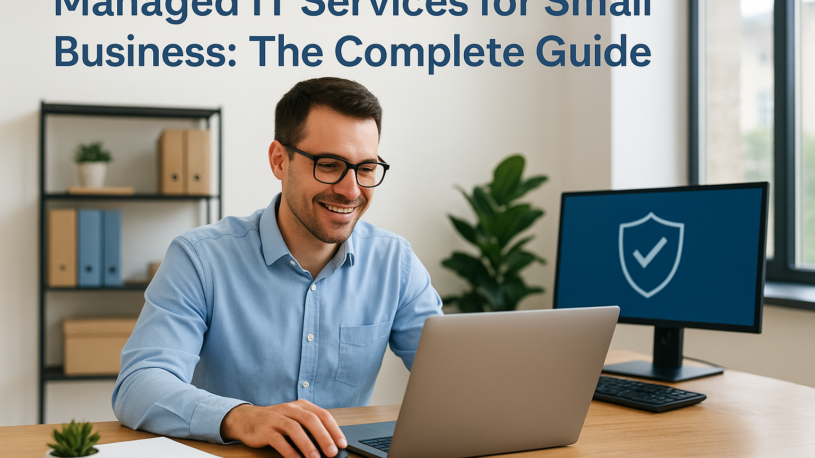

Tariff-Proofing Your Business: A Guide to Inventory, Assets, and Operations
US trade policies are currently facing significant challenges, particularly for organizations involved in technology procurement. The implementation of tariffs on electronics, with a notable 20% tariff on Chinese-made tech products, has disrupted traditional procurement practices. This disruption has resulted in increased costs and budget constraints for businesses dealing with the complexities of tariff-related price fluctuations.
To address these challenges, it’s integral for organizations to adopt smart and cost-effective IT procurement strategies that can help mitigate the impact of tariffs on their financial performance. As businesses strive to navigate this difficult situation, exploring tactics such as stockpiling, refurbishing, and leasing becomes essential in order to protect against the negative effects of tariffs on IT budgets.
Understanding the Impact of Tariffs on Technology Sourcing
The introduction of a 20% tariff on Chinese-made tech products has significantly changed the way technology is sourced. Devices like laptops, smartphones, and other essential IT hardware imported from China now have an additional cost that is directly reflected in their prices. For example, business laptops have experienced price increases of $200 or more per unit, putting pressure on already tight IT budgets.
How Tariffs Affect Technology Procurement
This increase in prices due to tariffs forces organizations to rethink their traditional sourcing methods. The impact is not limited to new purchases but also affects refresh cycles and hardware upgrade plans. IT departments now face the challenge of dealing with unpredictable fees and fluctuating device prices while still running their operations smoothly.
Strategies for Adapting to Tariff Impacts
To cope with these pressures, organizations are encouraged to:
- Explore alternative vendors outside the regions affected by tariffs
- Investigate refurbished or pre-owned certified equipment as cost-effective options
- Adjust procurement timing or consider bulk purchasing to minimize price fluctuations
Effects on Manufacturers and Distributors
The sharp increase in device costs also affects manufacturers and distributors who operate on thin profit margins. They often pass these higher costs onto customers, further tightening budget constraints for businesses. In this situation, it becomes vital for procurement teams to be flexible and come up with innovative sourcing solutions to ensure access to technology without compromising financial stability.
Cost Management Approaches in Tech Procurement Amid Tariff Uncertainty
Emphasizing the importance of cost-effective strategies in tech procurement amid tariff uncertainties is crucial for organizations striving to navigate these challenging times. Here are some key approaches to consider:
1. Cross-Vendor Procurement Flexibility
By diversifying your sourcing across multiple vendors, you can mitigate the impact of tariffs on a single supplier. This flexibility allows you to adapt to changing market conditions and potentially negotiate better pricing.
2. Benefits of Strategic Timing and Bulk Buying
Timing your purchases strategically can help you capitalize on promotions or discounts, reducing the overall procurement costs. Bulk buying enables you to secure lower unit prices and minimize the impact of tariffs per device.
3. Device-as-a-Service (DaaS) and Leasing
Opting for DaaS models or leasing arrangements can provide a buffer against sudden tariff surges. These options offer predictable costs over time, allowing for better budget forecasting and flexibility in scaling your IT infrastructure.
Implementing these cost management strategies can help organizations proactively address tariff-related challenges while optimizing their technology procurement processes for long-term sustainability.
Using Device Lifecycle Strategies to Offset Tariff Costs
Extending the lifecycle of devices offers a practical way to manage IT expenses amid tariff-induced price increases. When tariffs push up the cost of new hardware, stretching the usable life of existing equipment reduces the frequency and volume of purchases. This approach allows you to defer capital outlay while maintaining operational capacity.
Key benefits of lifecycle extension include:
- Maximized return on initial investment: Using devices longer spreads their cost over time, lowering total cost per year.
- Reduced exposure to volatile pricing: Longer refresh cycles mean fewer purchases during tariff surges.
- Smoother budget planning: Predictable replacement timelines help avoid sudden spikes in expenditure.
Responsible recycling and resale programs complement lifecycle extension by turning retired hardware into asset value rather than sunk cost. Certified refurbishment and resale channels enable organizations to recoup part of their investment, offsetting the financial pressure caused by tariffs. These programs also support sustainable IT practices by reducing electronic waste.
Implementing an end-to-end device lifecycle management process can:
- Identify devices suitable for extended use or refurbishment.
- Facilitate secure data erasure and compliance during device disposition.
- Connect with certified refurbishers or secondary market buyers.
Evaluating Procurement Models Amid Tariff Uncertainty
Purchasing devices outright often means bearing the full impact of tariff-driven price increases upfront. This can put a strain on IT budgets and limit capital available for other initiatives. Ownership locks you into the purchase price, which may become less competitive as tariffs fluctuate or supply chain disruptions occur.
The Benefits of Leasing
Leasing offers an alternative path that reduces these risks by spreading costs over time. Here are some key advantages of leasing:
- Avoid large initial expenditures
- Gain the ability to upgrade hardware more frequently without additional capital outlay
- Simplify budgeting and reduce unexpected expenses related to device downtime or repairs through maintenance and support included in leasing contracts
How DaaS Models Enhance Leasing Benefits
Device-as-a-Service (DaaS) models take leasing benefits even further by bundling hardware, software, lifecycle management, and support into a single subscription fee. DaaS provides:
- Predictable monthly costs insulated from sudden tariff increases
- Regular device refresh cycles aligned with business needs
- Integrated IT asset management reducing administrative overhead
- Flexible scaling options to match workforce size changes
This model shifts technology procurement from a capital expense to an operational expense, allowing organizations to adapt rapidly to market conditions while maintaining up-to-date equipment.
A Blueprint for Enduring Stability
To protect their organizations from the harmful effects of tariffs, businesses should take a comprehensive approach that includes stockpiling, refurbishing, and leasing strategies in technology procurement.
Frequently Asked Questions About Tariffs
How have US tariffs impacted technology procurement for organizations?
US tariffs, especially the 20% tariff on Chinese-made technology products, have significantly increased the cost of electronics such as laptops and devices. This has complicated technology procurement by driving up prices and putting pressure on IT budgets, making it essential for organizations to adopt smart and cost-effective procurement strategies.
What are the key challenges IT budgets face due to tariffs on electronics?
Tariffs have led to rising costs for essential tech products, causing budget constraints and forcing IT departments to reconsider their spending. The increased prices on imported devices limit purchasing power and necessitate exploring alternative sourcing methods or cost management approaches.
How can device lifecycle management help mitigate the financial impact of tariffs?
Extending the lifecycle of devices through refurbishment and responsible recycling or resale can reduce the need for frequent new purchases. This approach lessens spending during periods of tariff fluctuations by maximizing the value and usability of existing hardware assets.
What procurement models are effective in managing tariff-related uncertainties?
Leasing devices and adopting Device-as-a-Service (DaaS) models offer flexibility and cost-effectiveness amid tariff uncertainties. These models enable organizations to avoid large upfront costs, adapt quickly to price changes, and benefit from cross-vendor procurement options that help counteract tariff effects.
How does strategic timing and bulk buying influence tech procurement under tariff pressures?
Strategic timing allows organizations to purchase devices before tariff increases take effect or during favorable pricing windows. Bulk buying can leverage volume discounts, helping to offset higher unit costs caused by tariffs, thus optimizing overall expenditure in technology sourcing.
What multi-pronged approach should businesses consider to shield their organizations from tariffs?
Companies are encouraged to implement a combination of stockpiling essential devices, refurbishing existing hardware to extend its useful life, and leasing equipment through models like Device-as-a-Service. This integrated strategy provides flexibility, cost savings, and resilience against the financial impact of trade tariffs on technology procurement.
Table of Contents








